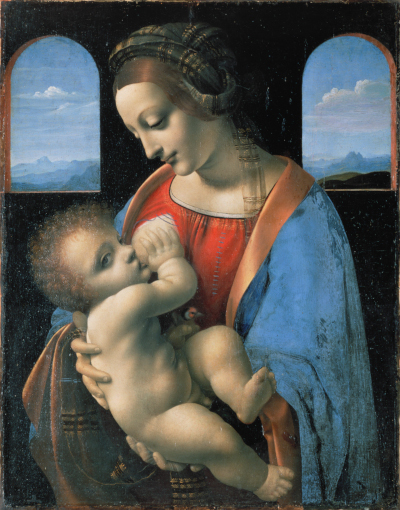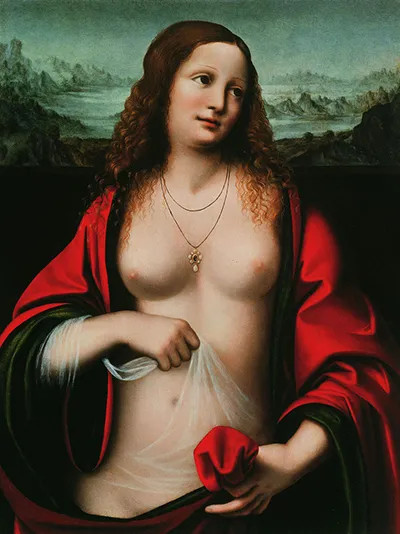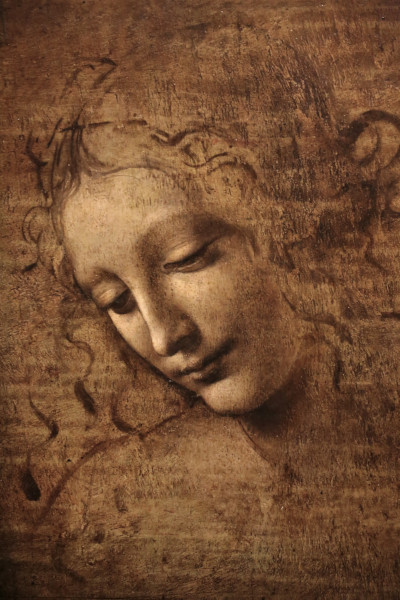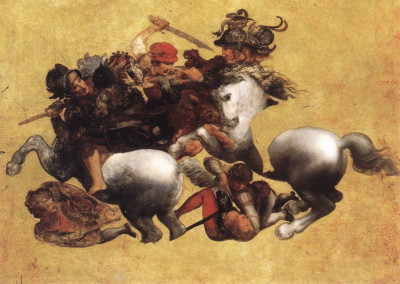Leonardo da Vinci was one of the finest painters to have ever lived, gifting us the iconic Mona Lisa, as part of a small but impressive oeuvre which covered many different genres. Here we discuss his achievements specifically within the discipline of painting.
Introduction
For many centuries the art world only really knew of Leonardo da Vinci as a painter. It is only in recent years that his accomplishes in other disciplines has been uncovered, and this in turn has taught us much more about the qualities and techniques found specifically within his paintings. He mastered different disciplines and then incorporated some of these ideas elsewhere, making use of discoveries in science and mathematics to influence his painting style. He managed to work within the confines of accepted norms of the time, whilst slowly starting to add his own ideas as his career progressed.
Leonardo da Vinci's early paintings would be more traditional in content and style, with the influence of his master, Andrea del Verrocchio, remaining strong even for a number of years after he had left to set up his own studio. He would also make mistakes and alterations at this point, still perfecting some of the new techniques which he believed could help Italian art to evolve from the earliest phases of the Renaissance. Leonardo was a curious individual who would never have been able to confine himself to artistic norms for long, and would eventually look for alternative sources of inspiration beyond the mainstream use of religious themes which dominated his early years as an artist.
"...Painting is poetry that is seen rather than felt, and poetry is painting that is felt rather than seen..."
Ultimately, even after producing some breaktaking secular portraits of private individuals, and then returning to religious themes for some other high profile artworks, Leonardo da Vinci could not limit himself to painting any longer and looked elsewhere to continue his artistic evolution. Painting offered a strong income which helped him to support himself financially, which in turn allowed him to be able to also spread his knowledge into other disciplines, such as drawing, sculpture, mathematics, invention, science and architecture. Even if he had failed to achieve any of that, his paintings alone would ensure his reputation as one of the leading lights in the Italian Renaissance.
This article examine Leonardo da Vinci's paintings in great detail, touching on the various innovations that he brought to the Italian Renaissance. We also examine the ways in which he constructed his artworks, and how his knowledge in other disciplines would aid his work in oils and tempera. We look for influences from elsewhere, including his time as an apprentice under the guidance of Andrea del Verrocchio, and also consider the impact of his legacy on artists who followed on shortly afterwards as well as how he is viewed today. A full list of his attributed paintings, including collaborative pieces, is listed alongside, allowing us to learn more about each specific painting too.
Table of Contents
- Introduction
- Full List of Leonardo da Vinci's Paintings
- Education
- Apprenticeship
- Influences
- Genres
- Techniques
- Stages of Production
- Evolution as a Painter
- Attribution
- Legacy
Full List of Leonardo da Vinci's Paintings
We include a full list of Leonardo da Vinci's paintings below, covering the full length of his career. Most of these have, at one point or another, attracted controversy over their attribution, with only around ten being entirely accepted by all as having come from the hand of this artist. In reality, all of the others listed here are highly likely to have been created, at least in part, by Da Vinci himself. There are additional works which might have included his contribution but those with more tenuous connections have been left out. Considerable research has been carried out on his career over the past two centuries which had helped to strengthen out knowledge of his oeuvre, and give us more confidence around the items that are currently attributed to him. This research has included the latest scientific techniques, which have also taught us more about his own working practices.
Education
Apprenticeship
Leonardo da Vinci's father, Ser Piero, was a respected figure in the local community and he was able to secure an impressive apprenticeship for his son under the wing of master Andrea del Verrocchio. He would be joined over time by a number of skilled contemporaries and the studio would become something of a melting pot for the exchange of technical ideas and innovations. It was also encouraged to work within different disciplines, helping to broaden the influences that fell upon the young Da Vinci, and this was in part due to the fact that his master was actually marginally more skilled as a sculptor (he was originally a pupil of Donatello) than a painter. Leonardo joined as an apprentice aged fourteen and slowly proved himself over time, earning him a greater level of responsibility within the studio as he progressed.
Influences
The artistic impact on Leonardo from his apprenticeship cannot be overstated, for all of his formative years were spent alongside Andrea del Verrocchio and a number of contemporaries. Even after setting up his own studio, with the help of his father, he would still continue to collaborate with Verrocchio, and his own technical innovations would only be slowly incorporated as his style evolved. Da Vinci is known to also have been influenced, to a lesser degree, by the likes of Masaccio, Paolo Uccello, Piero della Francesca and Filippo Lippi. Ultimately, whilst these famous names helped to give Leonardo a broad understanding of the established techniques of Renaissance painting, it was he himself who added the innovations on top of that, which was ultiamtely what helped him to achieve so much success and to stand out from other painters of that era.
Genres
Landscape
Leonardo da Vinci was highly skilled in painting landscapes, but this content would always be used as a supporting element in a larger composition. He would typically decorate his backgrounds with rolling hills and mountains, providing colour, detail and lighting, with the main focal point being portrait figures closer to the foreground. Some of these scenes would appear through archways, or over the shoulder of a portrait, with Mona Lisa, Virgin of the Rocks and The Baptism of Christ perhaps being the best examples of this. In order to avoid distracting the viewer from the key part of each composition, Leonardo would typically allow his landscapes to slowly drift off into the distance, with land and sky eventually merging into dreamy tones of blue. Experts have suggested the style of Da Vinci's landscapes were mainly influenced by the environment around where he grew up.
Religious
Well over half of Leonardo da Vinci's paintings were based on religious themes. These subjects dominated Italian art at the time, and most of the high profile commissions at this time would be for religious institutions, where much of the country's wealth resided. Younger artists would also be less able to pick and choose which projects they took on, and so Da Vinci's first few works were also of a religious nature. Depictions of the Madonna and Child were most common, and the artist tended to follow the existing practises as established within Italian art at that time. There would then be other events from the Bible, depending on the needs of each institution and the position in which each artwork was to be hung.
Portraits
Aside from the religious portraits of the Madonna and Child, Leonardo da Vinci would also complete a number of secular portraits for private individuals. These started to appear as his career became established and he was able to enjoy a little more artistic license when away from the established norms of religious art. His portrait of Ginevra de' Benci from circa 1474–1480 marked the start of this cycle, soon followed by Portrait of a Musician, Lady with an Ermine and La Belle Ferronnière, although he would still continue to return to religious themes from time to time for the rest of his career. It would be the artist's use of sfumato and chiaroscuro that made his portraits quite so groundbreaking at that time in the Italian Renaissance.
Techniques
A major part of Leonardo da Vinci's success as a painter was his ability to incorporate new techniques within his work. Many of these were derived from his research theories which included subjects such as camera obscura. After years of development and practice, he was able to perfect a number of new ideas which he combined with the accepted practices of Northern Italian art at that time, and the results proved ground-breaking. As his career progressed, the influence of his time as an apprentice would start to fade and his own ideas would take over more prominently, allowing us to see Da Vinci as a truly independent thinker for the first time.
Sfumato
Sfumato was a method of painting found in the High Renaissance which is believed to have initially been introduced by Leonardo da Vinci, before being taken up by a number of other high profile painters such as Correggio, Raphael, and Giorgione. It is a technique involving the most subtle variations in colour, which when fused together can produce lifelike qualities, in which the original brush strokes cannot be seen. Da Vinci used Sfumato to bridge the gap between art and reality, and his work still astounds the public today, many centuries later. Leonardo da Vinci's Mona Lisa if often cited as a prime example of the use of Sfumato (specifically the model's facial features), and by this point in his career the artist had perfected the techniques.
Chiaroscuro
Leonardo da Vinci would use the techniques of chiaroscuro within a number of his paintings, but the method actually derived from Renaissance drawings. The term translates as light-dark, where abrupt lighting is used to create dramatic moods and a strong visual impact. Draughtsmen would often be limited to just a few colours or tones, and this is how the idea arose, but eventually painters would carry the technique over to oils. Virgin of the Rocks is perhaps Leonardo da Vinci's best example of his use of chiaroscuro, where the foreground and background are noticeably different in how lighting is applied. The baroque era, which followed soon afterwards, would feature chiaroscuro much more commonly, and other famous names to have relied on it extensively include the likes of Caravaggio, Rembrandt, Vermeer and Goya.
Mediums
Tempera
Leonardo da Vinci worked during a time in the Renaissance when egg tempera was starting to lose favour with Italian painters, and it would soon be replaced by oils. Leonardo would use the two together in a number of paintings, using a technique known as 'tempera grassa'. He believed that tempera had been taken as far as it could go, and therefore oils should be used in combination in order to bring new innovations and help shape the future direction of Italian art. Some artists also found the use of oils to be a more expressive method, where as tempera required a particular process that some found restrictive. Leonardo would learn the techniques of tempera paintings from his master, Verrocchio, but would slowly move entirely to oils over the course of his own career.
Oil
Leonardo da Vinci's final paintings would be produced entirely using oils, whilst earlier in his career he would often combine this medium with tempera. The use of oils allowed the artist to increase the vibrancy of his colours and also gave him more time to add subtle variations in tone to the various forms in his paintings. This is where chiaroscuro and sfumato would be incorporated into his work, bringing a lifelike nature to his portraits, where the original strokes of brushwork could not be seen. The use of oils had originated in Northern Europe, with the likes of Jan van Eyck, but had now spread to Italy and would eventually replace tempera as the most common medium.
Evolution as a Painter
Leonardo da Vinci would evolve and improve as his career progressed. Many re-works and alterations can be found in his earlier works when viewed under x-ray but in later years he would be able to work more efficiently as his confidence grew. The smooth nature of his work, where individual brushstrokes would become invisible to the naked eye, took some years to perfect, and is best seen in his later portraits. There was also a fading of influence from his master Verrocchio over time, with his own ideas becoming more and more prominent as time progressed after his apprenticeship. He would also be making discovered in other disciplines such as science and mathematics whilst completing painting commissions, and some of these ideas would start to drift across into his work within the visual arts.
Attribution
The entire oeuvre of Leonardo da Vinci has been researched in intricate detail over the centuries, and even today we continue to discover new information about his most famous paintings. Sadly, many mysteries still exist today but attributions have been solidified over the last century thanks to a number of new scientific research methods being developed. We now have a much clearer idea of which projects he worked on, and which were completed by followers or members of his studio. We can also better determine which elements of collaborative paintings he was responsible for, and which parts were probably worked on by others. Precise attribution is essential in valuing art but also in being able to understand the path of influence and achievement that occurred through the Renaissance and in the movements that followed on afterwards.
Legacy
The single most important element to Leonardo da Vinci's success as an artist was his ability to combine disciplines. His research into mathematics and science would bring discoveries that influenced his painting techniques, for example. In time, these methods would then be taken on by his followers, before being spreading into later generations. For many centuries after his death, Leonardo da Vinci was known only as a painter, and it had been this discipline which made his career profitable, giving him time tto also satify his curosity in other disciplines. Over time researchers and academics have managed to uncover his other achievements, before connecting them to his style as a painter, and some of his innovations such as sfumato. Da Vinci's legacy has remained strong all the way through the centuries, and is today as impactful as ever. In terms of the Renaissance era, it was Raphael who took most from his achievements as a painter.
References
- Leonardo. The Complete Paintings and Drawings, Frank Zöllner & Johannes Nathan, Taschen
- Leonardo da Vinci, Walter Isaacson



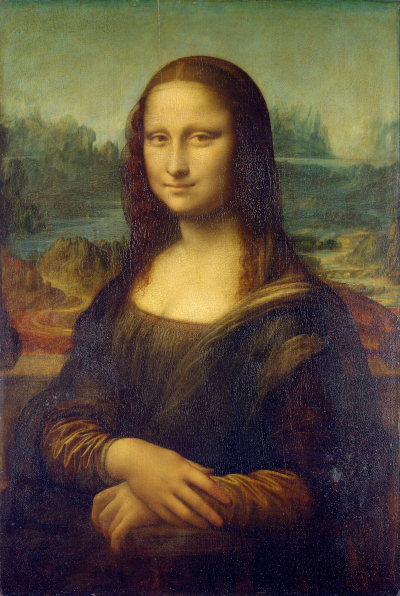
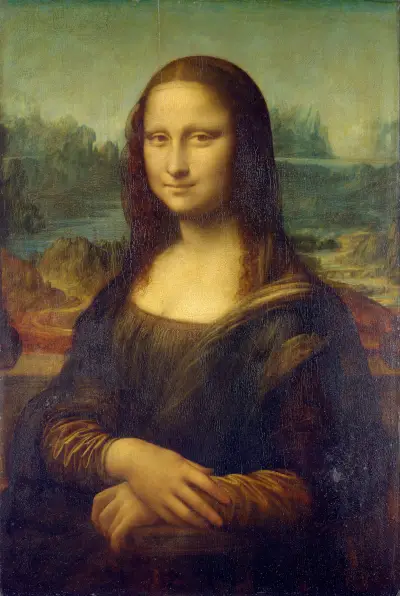
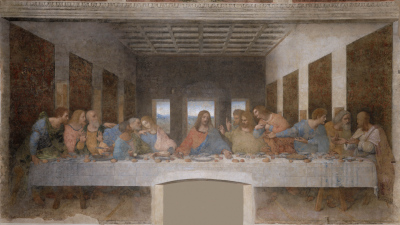
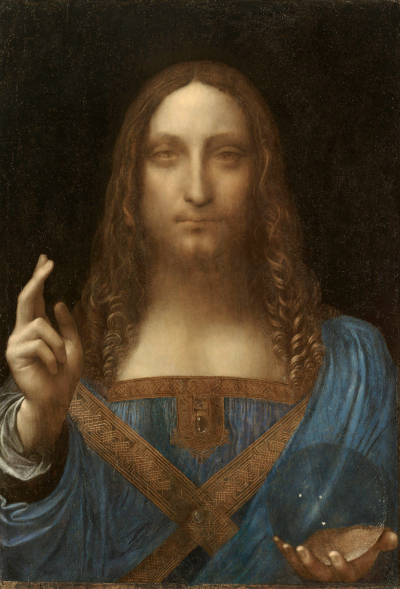
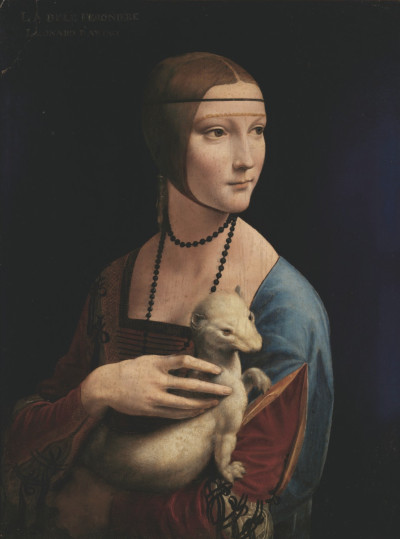
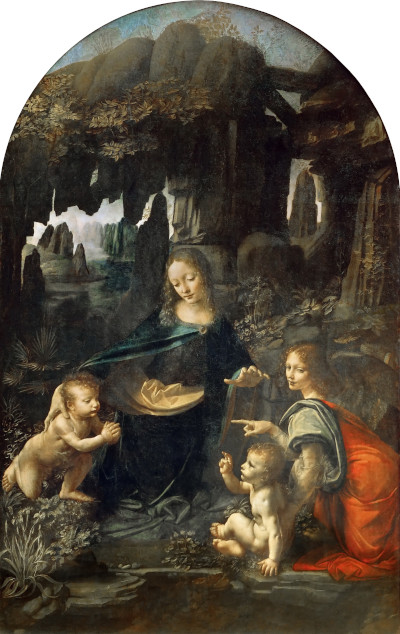
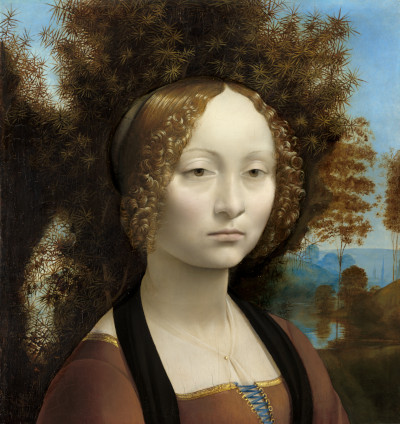
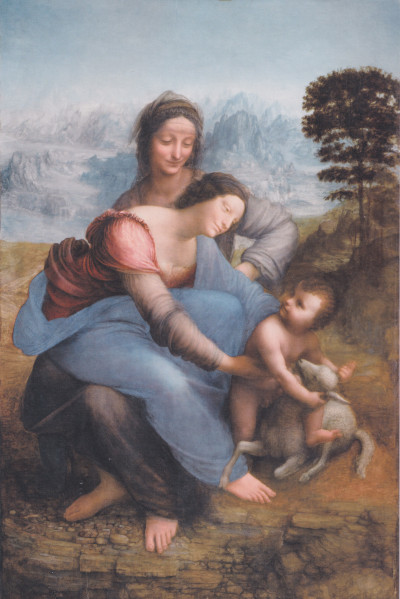
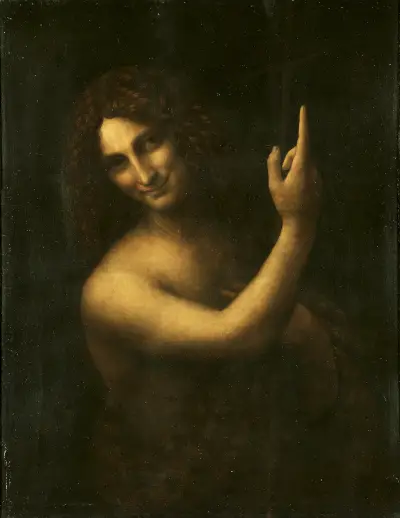
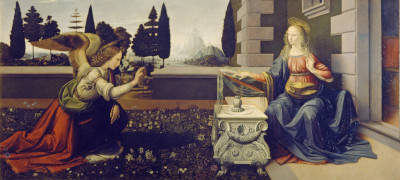
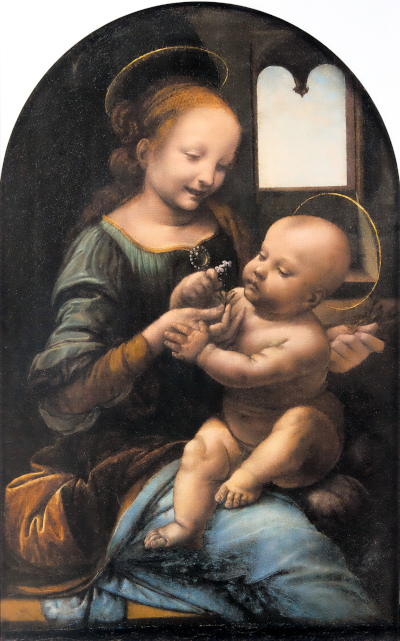
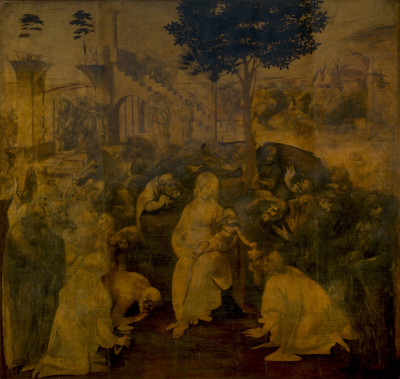
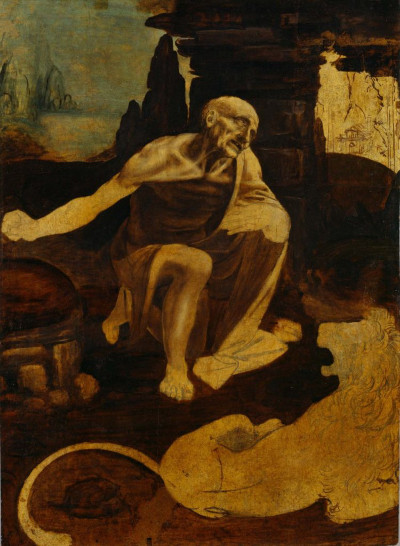
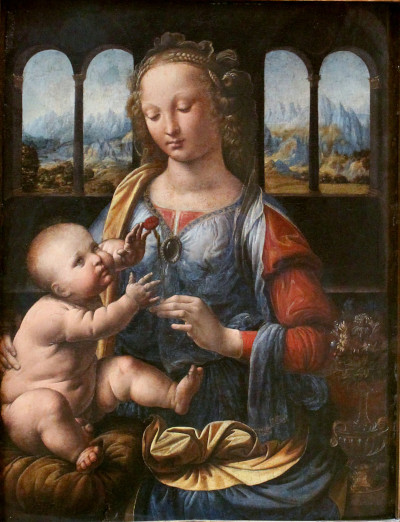
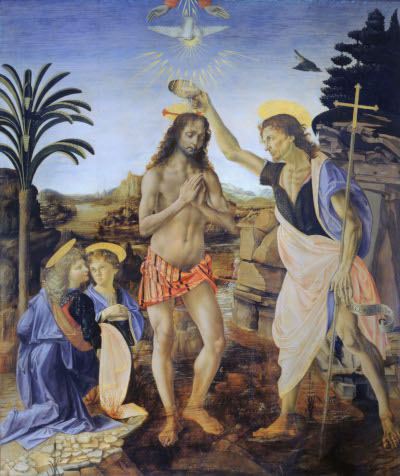
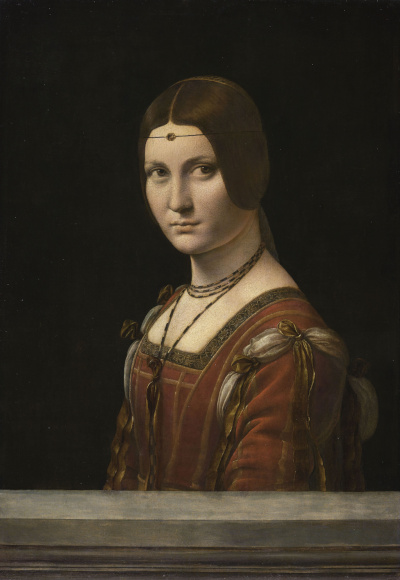
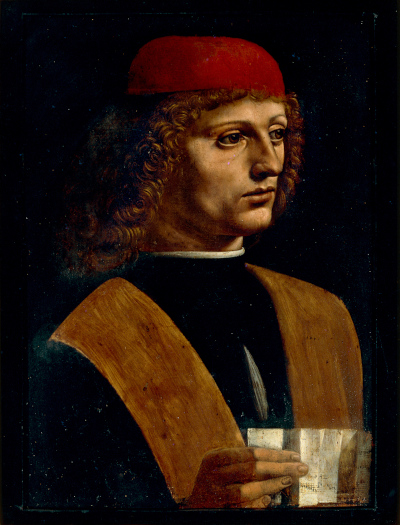
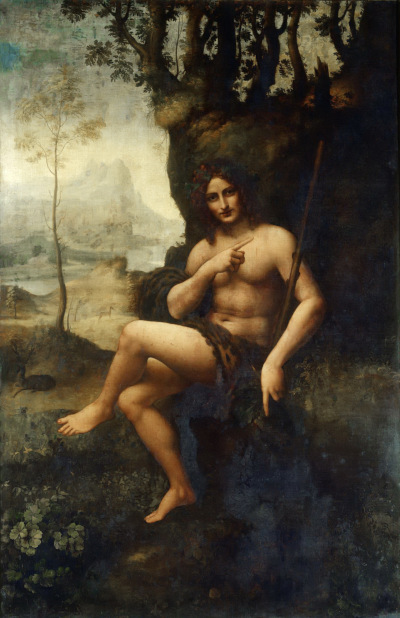
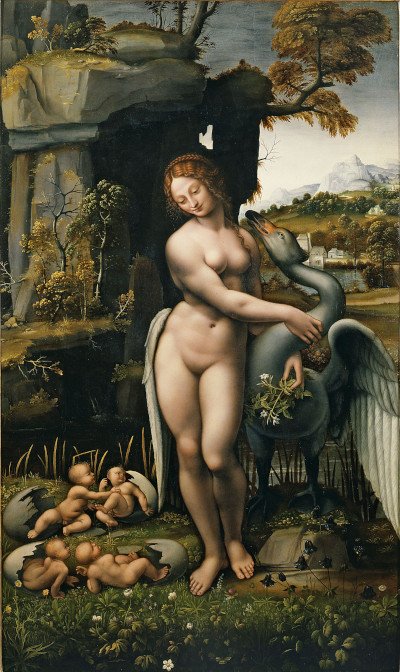
 Leonardo da Vinci.jpg)
